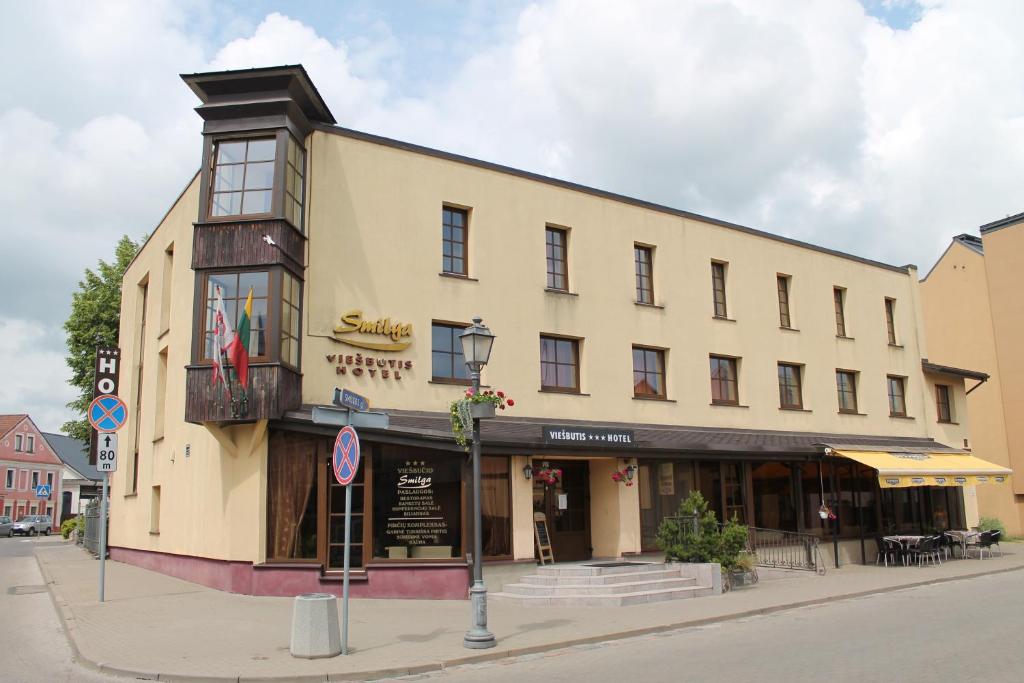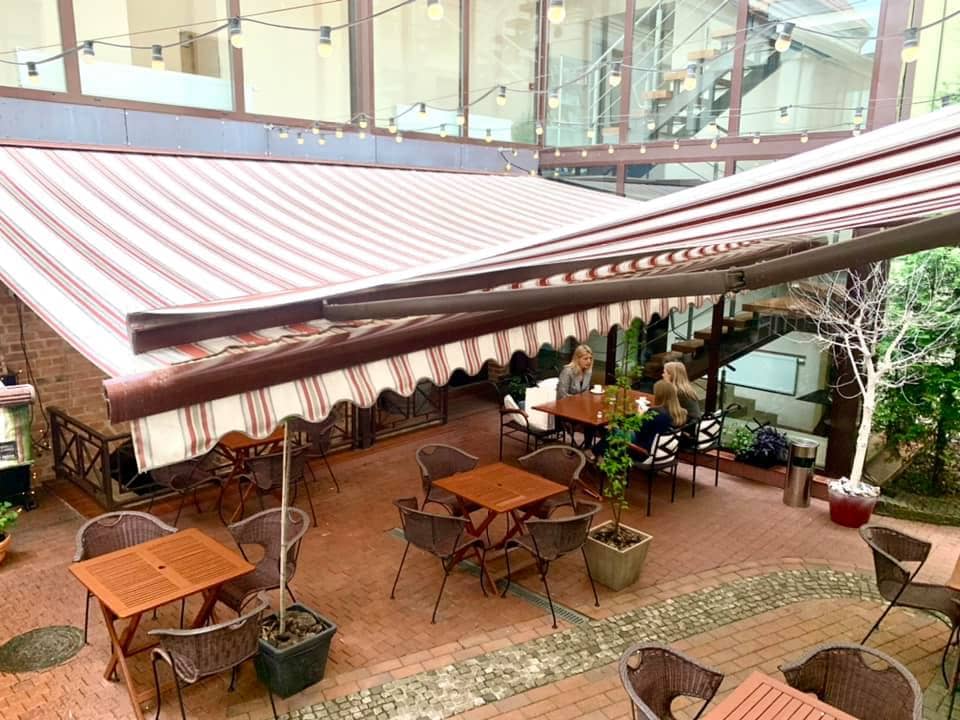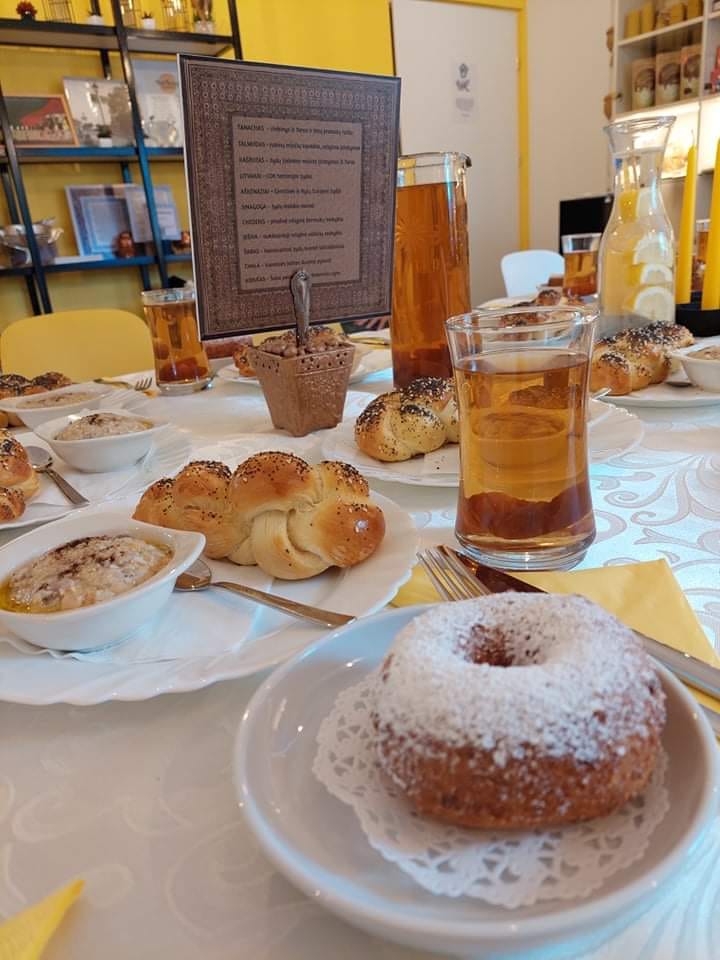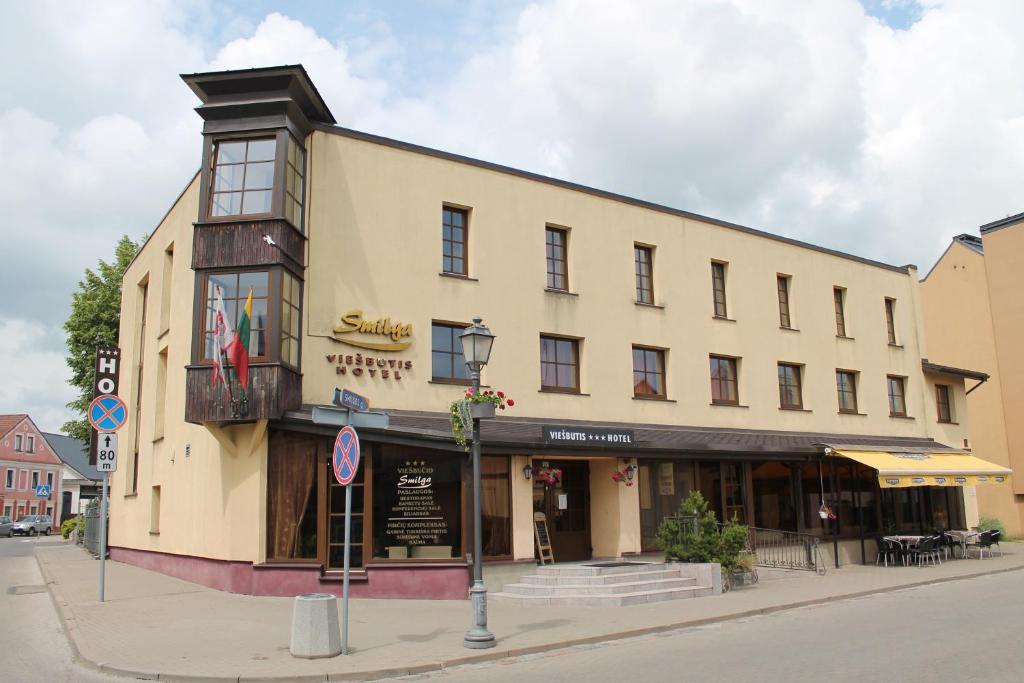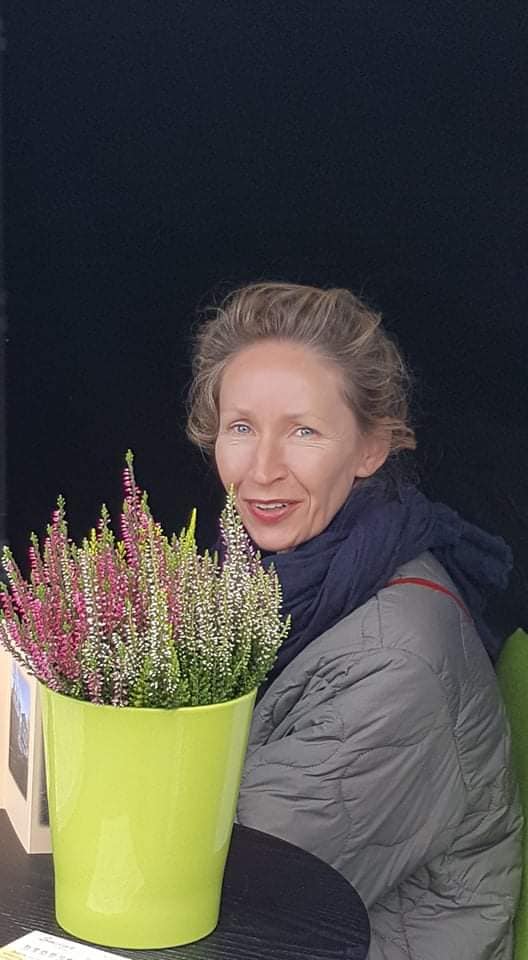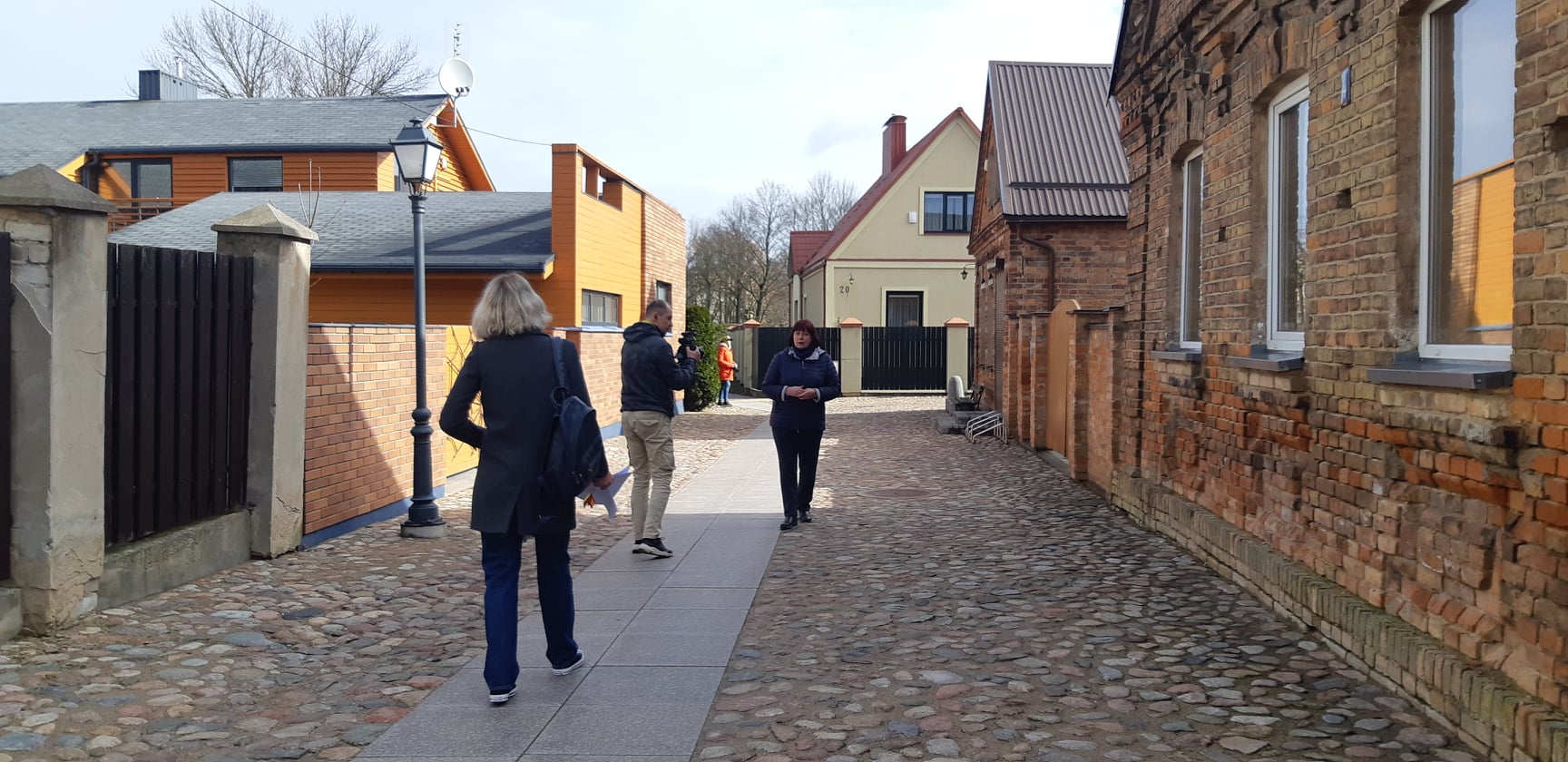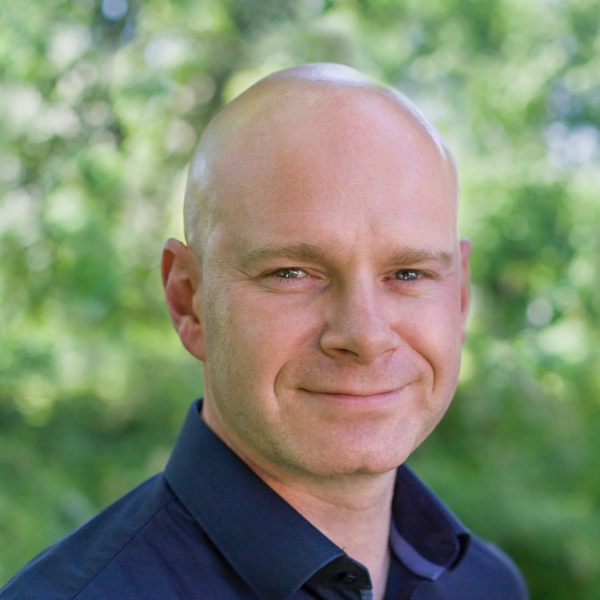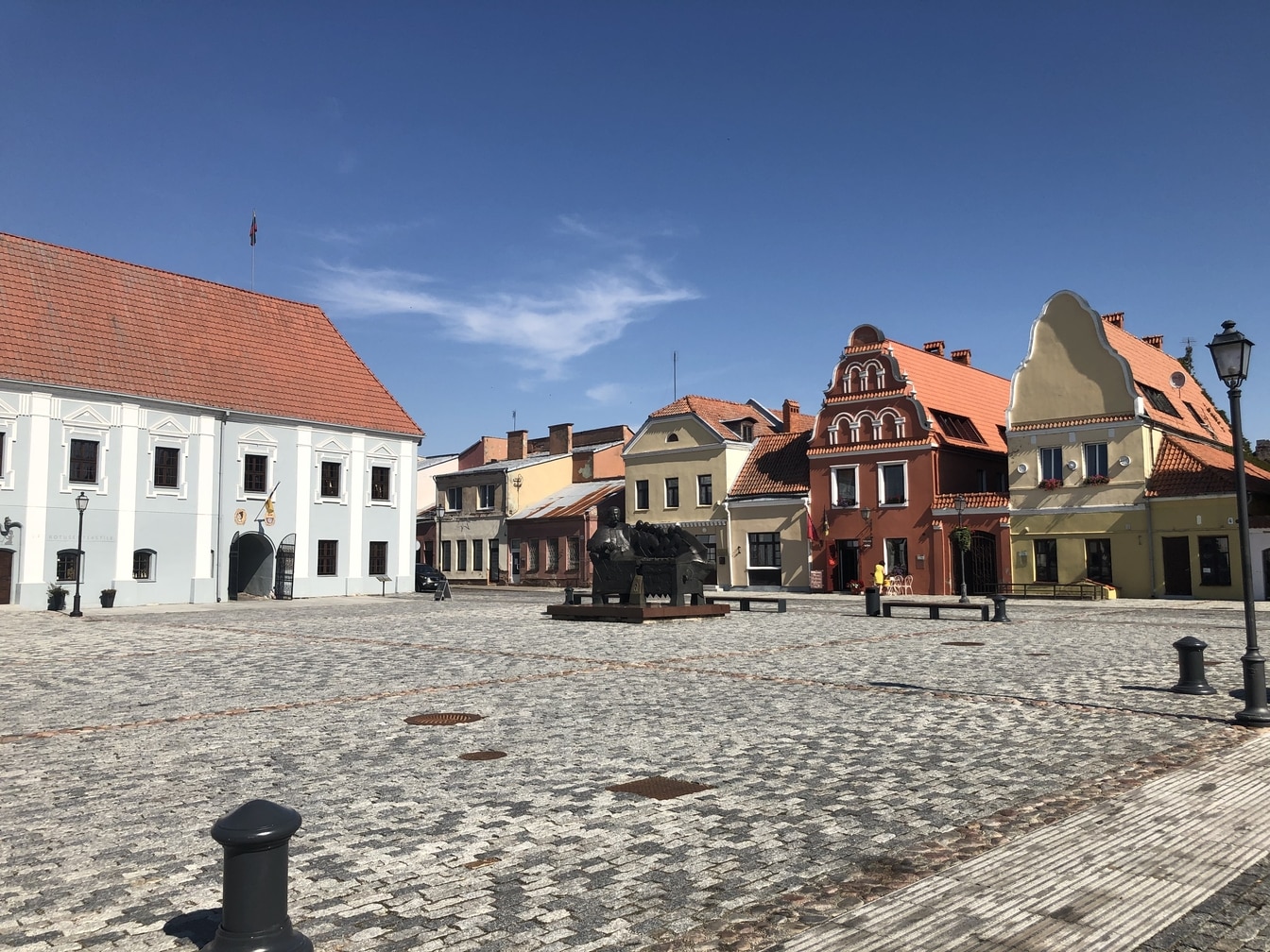Kėdainiai is one of the oldest towns in current-day Lithuania. The noble Radziwiłł family owned the town for a longer part of the town’s history. The Jews settled in Kėdainiai at the beginning of the 17th century, when in 1627, the town’s owner Krzysztof Radziwiłł allowed the Jews to settle around the Old market square.
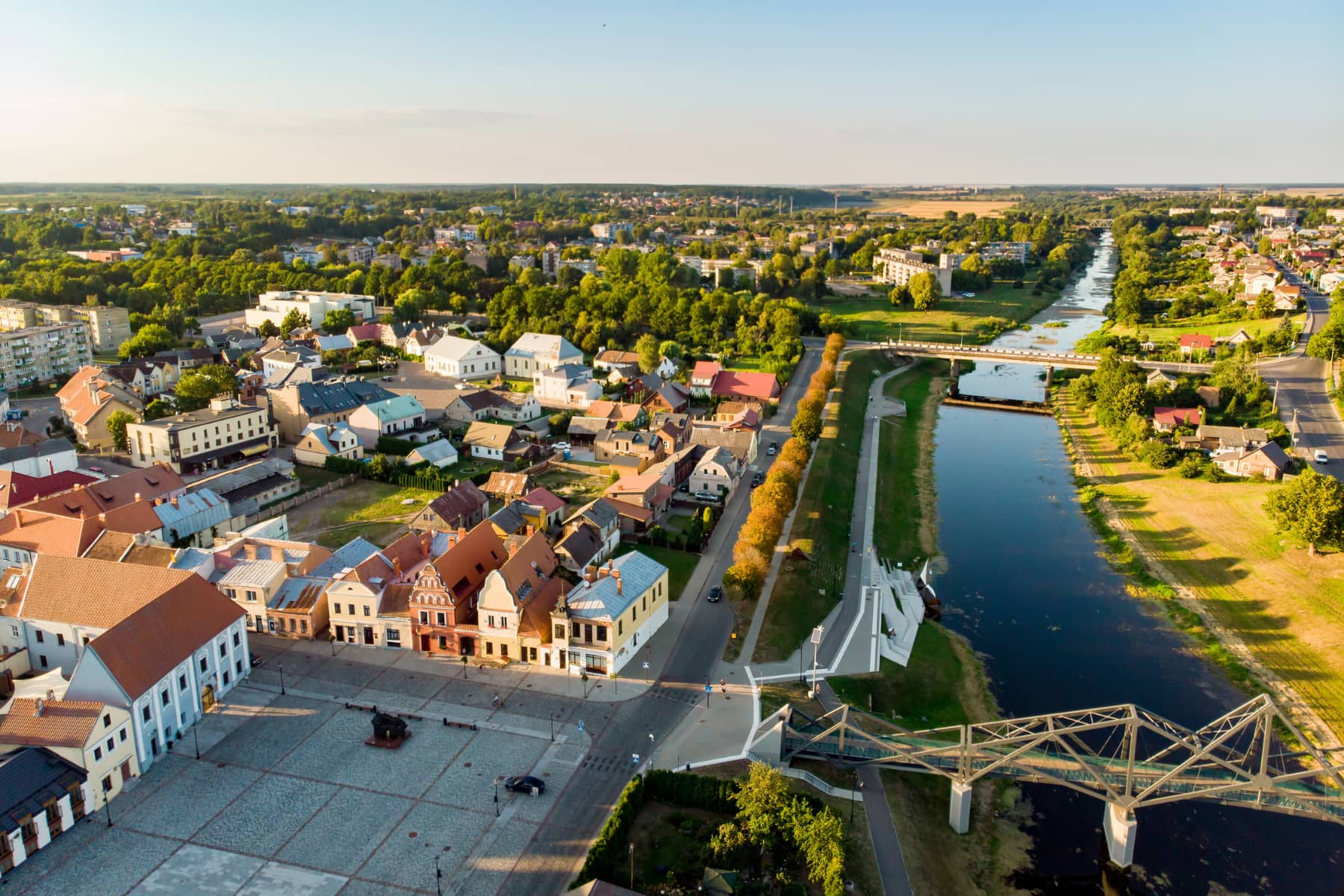
The first synagogue in Kėdainiai was mentioned in 1655, which stood in the Northern part of the Old market square. The Kacenelenbogen family made the town a center of Talmudic studies that even famous Vilna Gaon (Eliyahu ben Shlomo Zalman) studied here when he was young. It is believed that he was a student of a famous rabbi, Moses Ben Simeon Margoliot (1710-1780). Also, Moshe Leib Lilienblum (1843-1910) – a famous Jewish scholar and proponent of the Haskalah movement was born in Kėdainiai.
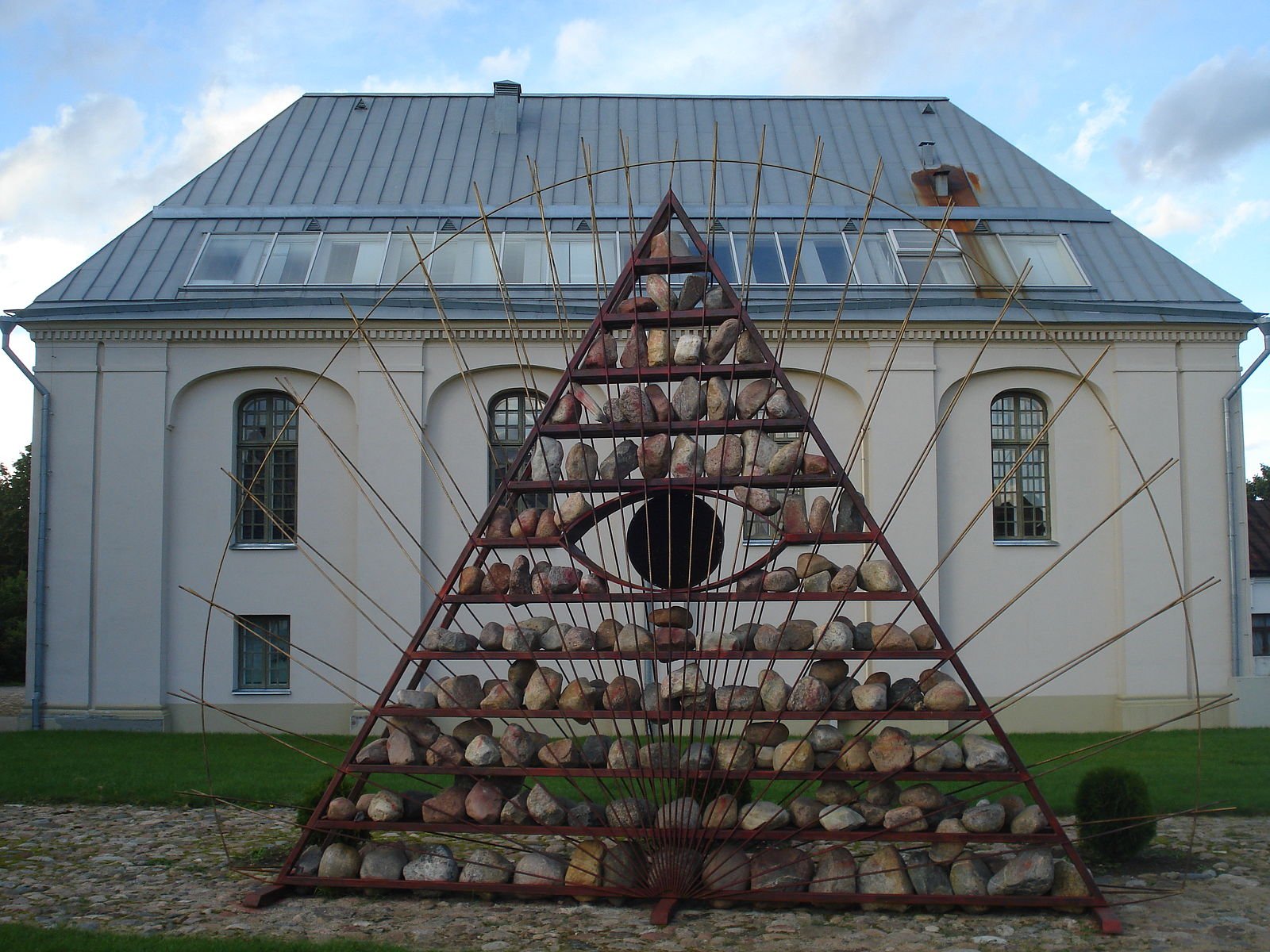
At the end of the 19th century, Jews constituted about half of the total town population. High-density living space formed favorable conditions for fires that often ravaged the town. During WW1, the Jews of Kėdainiai were expelled from the town by the Tsarist regime. However, after the end of the war, many local Jews returned to their hometown. In 1923 about 2500 Jews lived in the town. The majority of the Kėdainiai Jews engaged in certain crafts and small trade, and even during the interwar period they dominated in the town’s economic life. In 1941, when Nazi Germany occupied Lithuania, Jews from Kėdainiai and surrounding towns were forced to abandon their homes and were taken to the newly established ghetto. In August 1941, 2076 Jews were killed in nearby Daukšiai village.
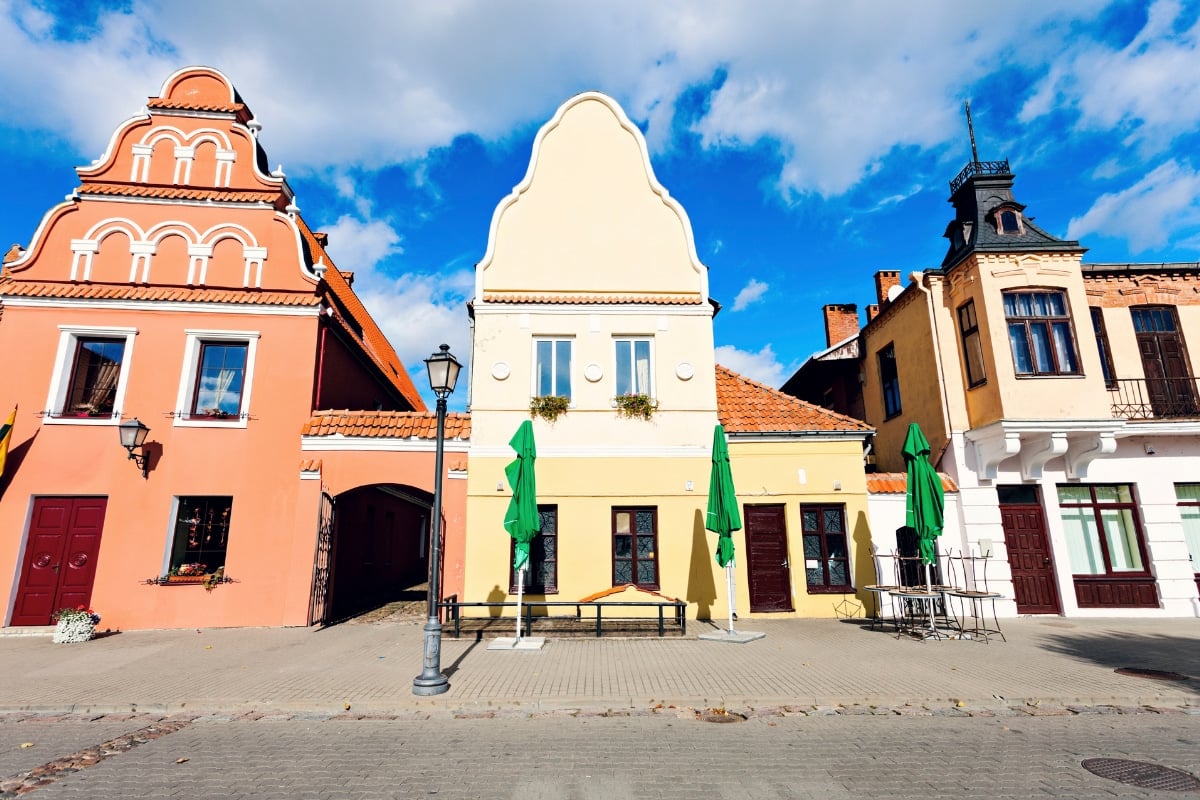
The Kėdainiai Jewish community ceased to exist, however, the traces of former shtetl could be visible to this day. The town has a synagogue complex that consists of two synagogues: The Great Synagogue and the New Synagogue, which were built in the 18th and 19th centuries. Since 2002, the building of the New Synagogue has been used as a multicultural center, where people have an opportunity to get acquainted with the history of the Jewish community and attend various cultural events. In the cozy old town of Kėdainiai, there are many surviving Jewish buildings and objects in Kėdainiai, including the Jewish cemetery, Wulf Polones Pharmacy, the old 18th-century Jewish-house with the Sukkah, that remind us about the town’s Jewish past.


